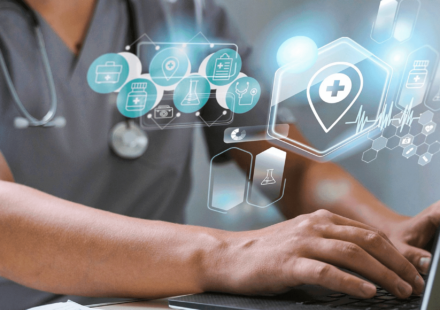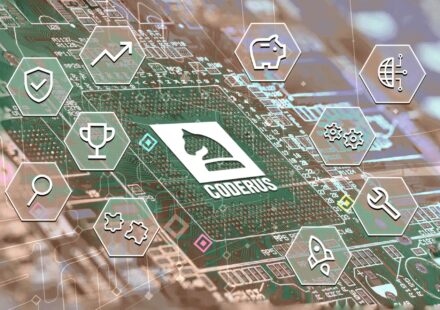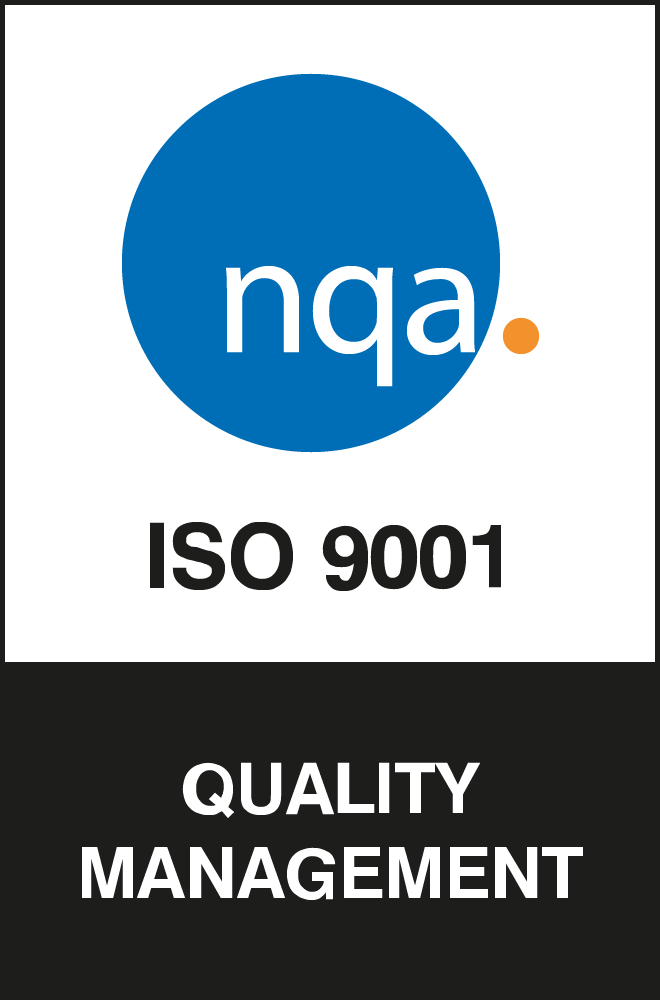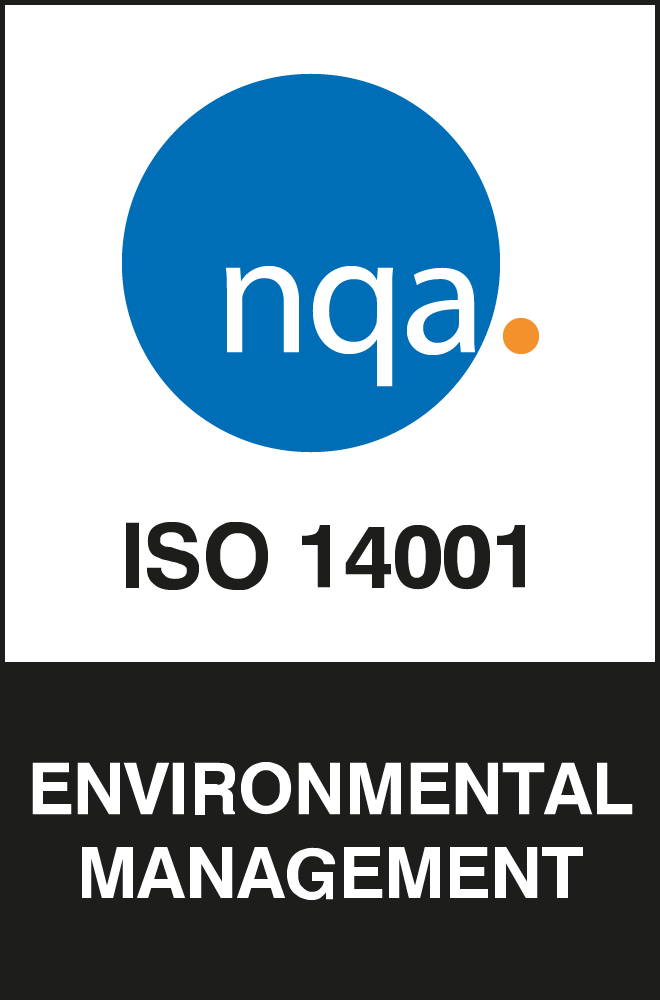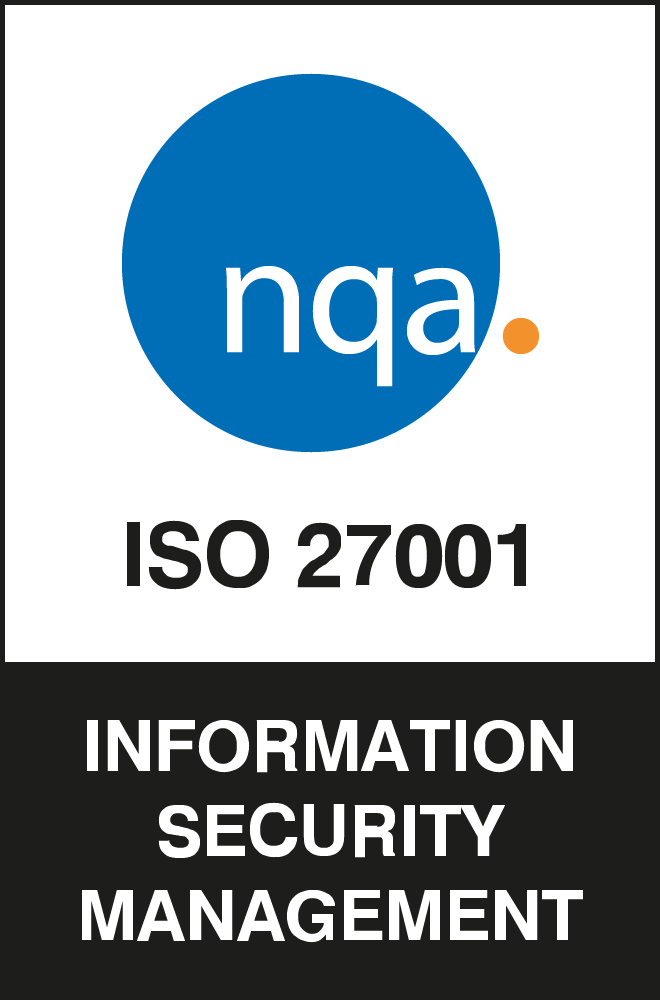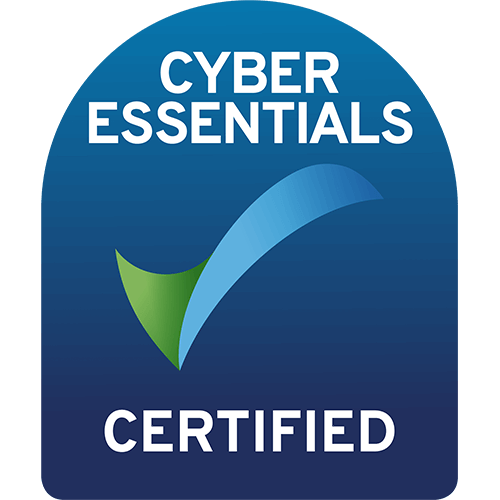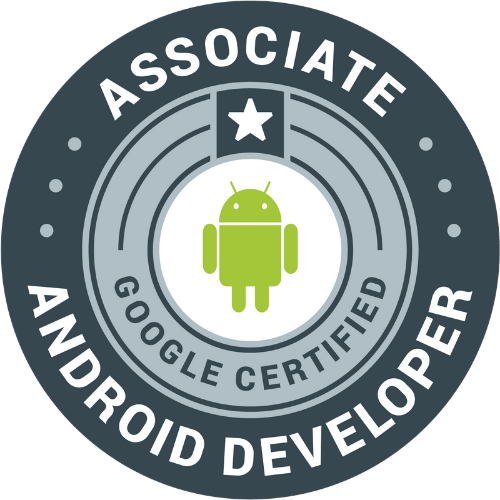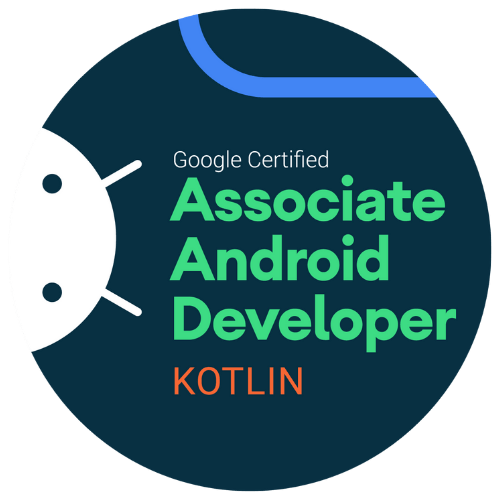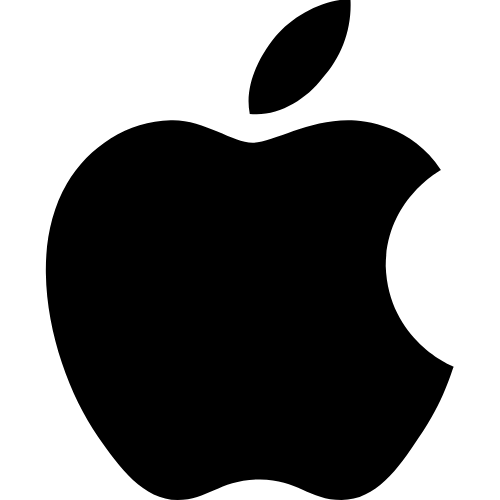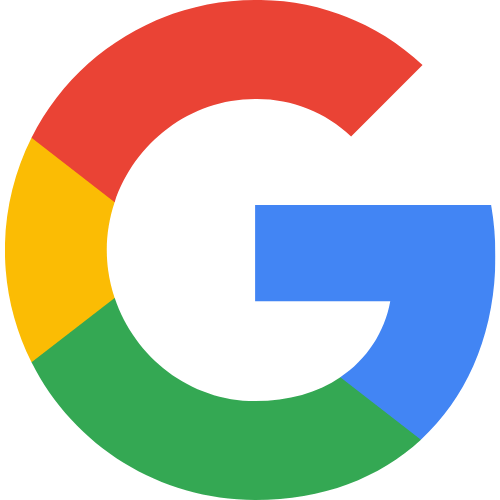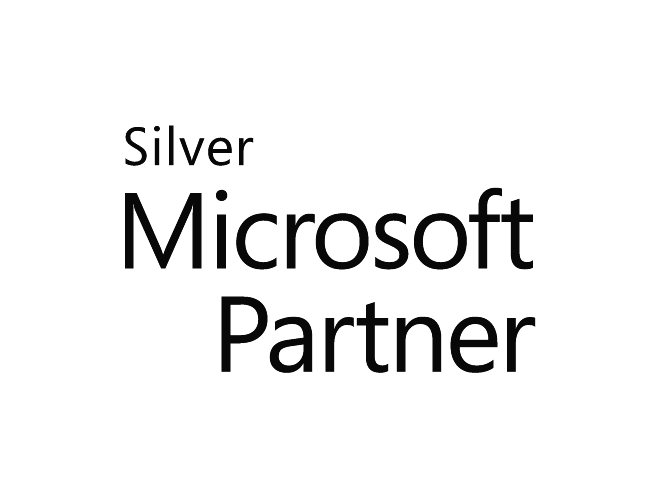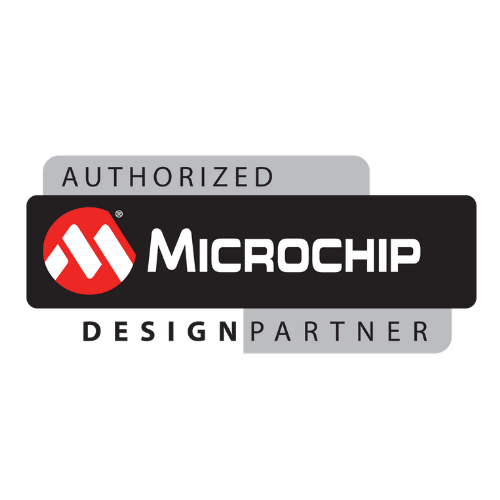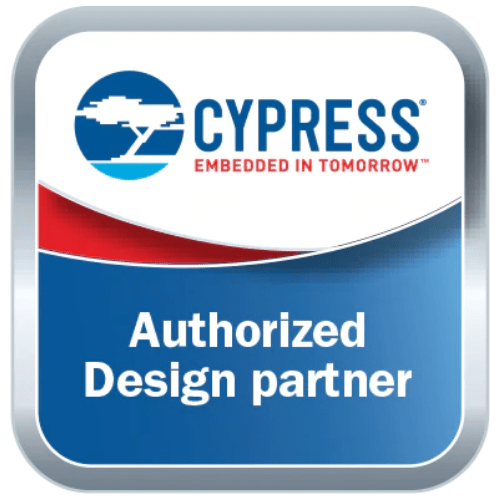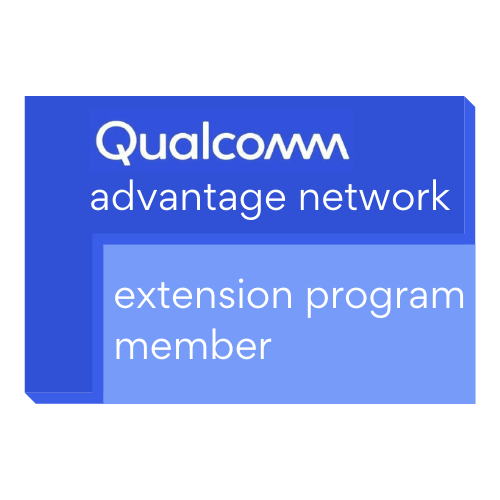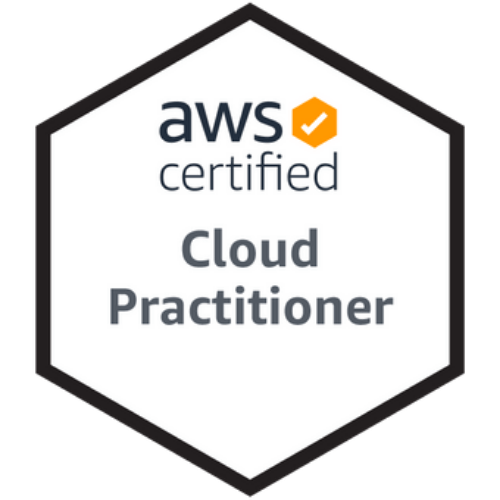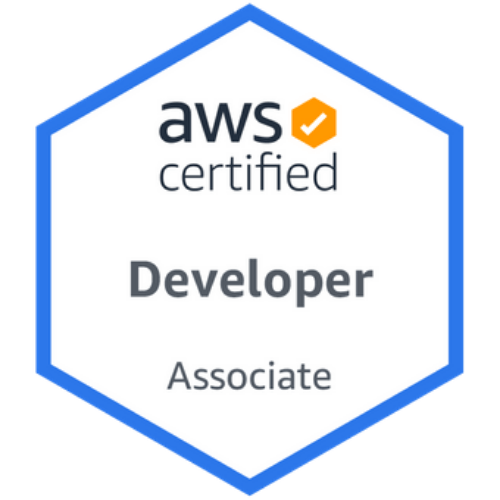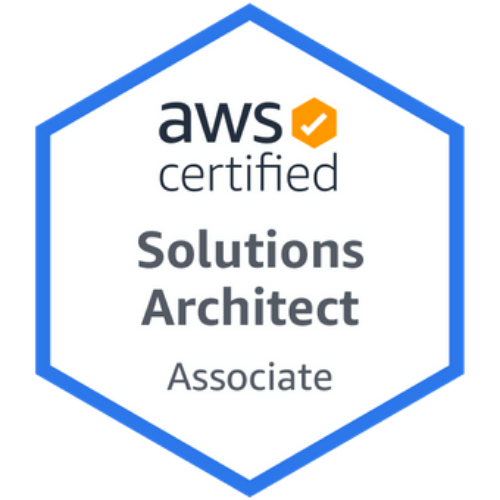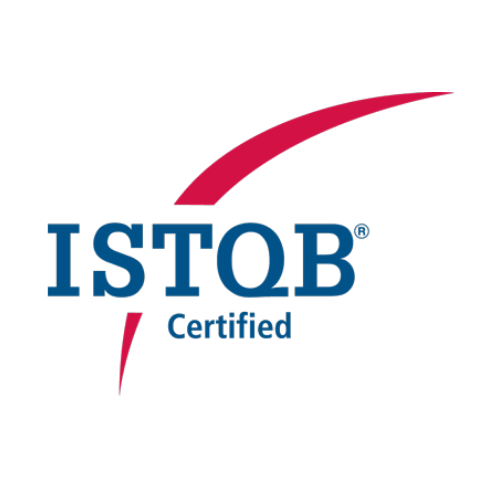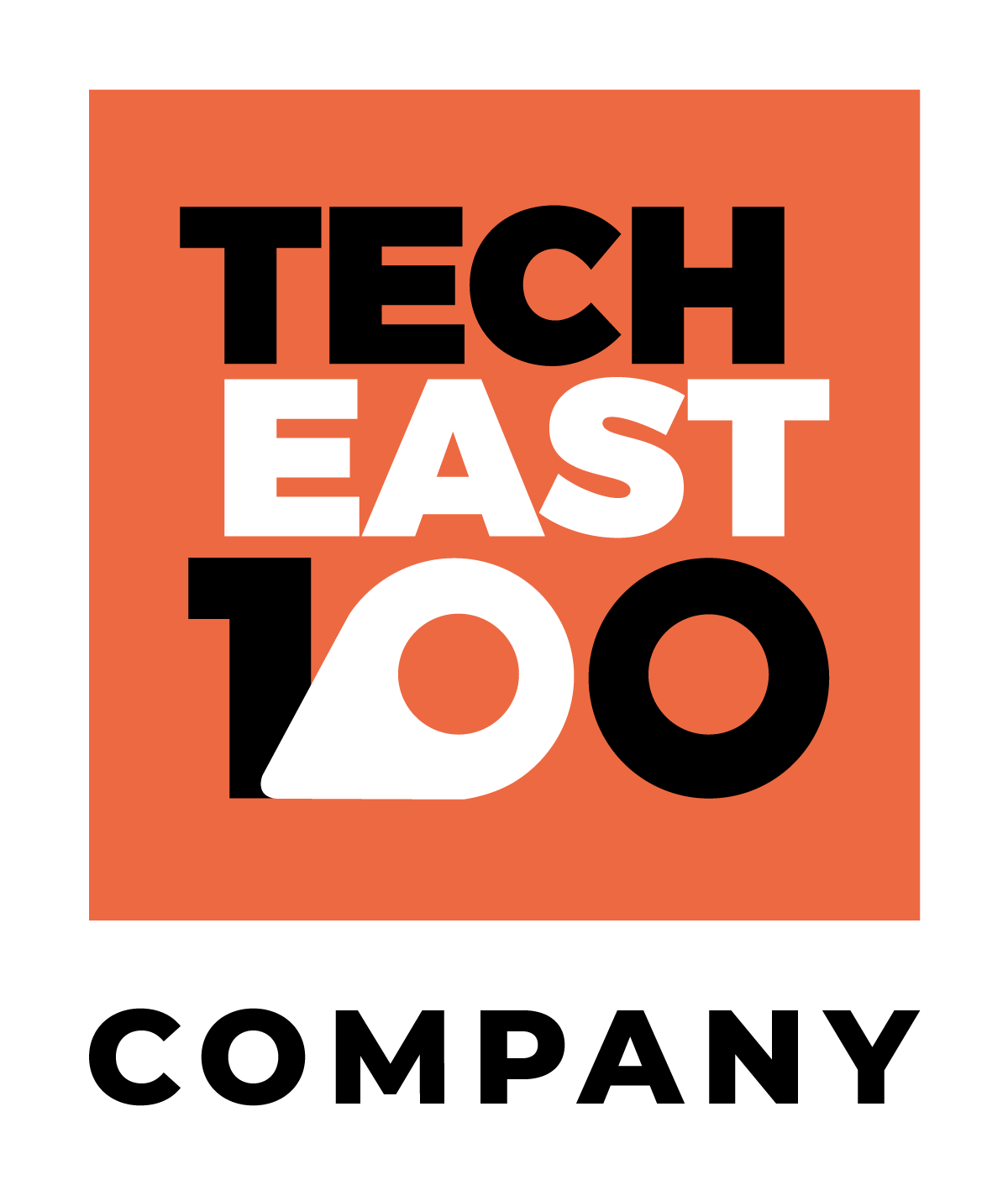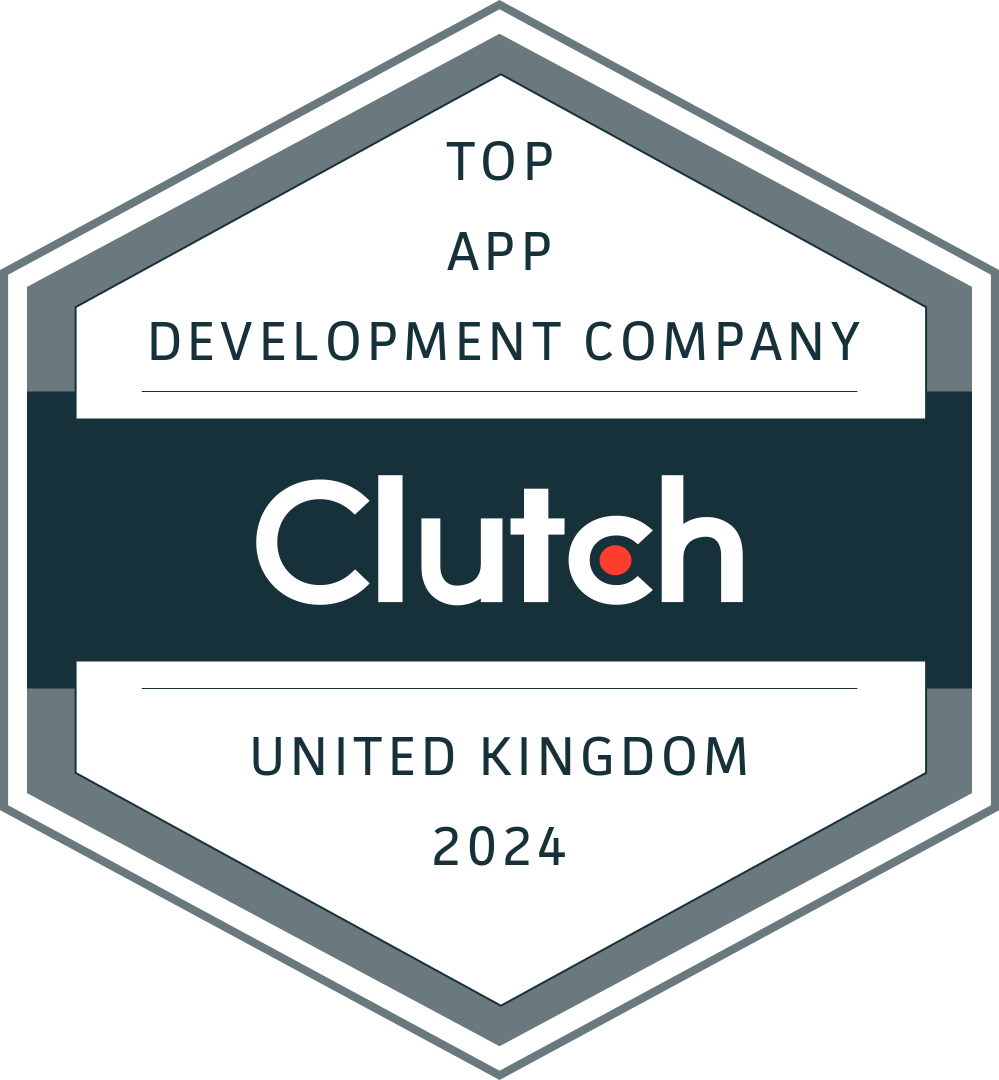Technology today moves at an incredible pace. With its impact felt everywhere, tech talk is no longer the remit of software developers – it’s for everybody.
With this in mind, our Developers got their heads together to define some of the most commonly used words and phrases found in our industry. Some relate to the software we develop; others to the devices we use. We hope you find it useful.
Commonly Used Phrases in the Tech Industry
Raspberry Pi
First released in 2015, a Raspberry Pi is a small, single-board computer sold by the charity the Raspberry Pi Foundation ( ‘Raspberry’ because of the old tradition of naming computers after fruits, and ‘Pi’ because the devices were only going to run Python). Credit-card sized and ingeniously simple, the Raspberry Pi was originally designed for educational purposes and today remains the perfect introduction to embedded IT projects. The Creative Computing Club, a charitable organisation run by Matthew Applegate and sponsored by Coderus, is a great example of how the devices are encouraging children’s interest in tech.
After their release, the Raspberry Pi quickly outsold its target market, finding many other uses in the technology industry. In fact, sales in 2015 revealed the Raspberry Pi was the best selling computer in Britain. There are a number of models and packages available, but even the most basic Pi is capable of performing tasks such as word processing and internet browsing – all for under £40. The Raspberry Pi has a whole heap of applications for both the individual and for businesses, being used in robotics and also for fun, creative projects such as linking them to home assistants and music players. Here at Coderus, we use them for a number of prototyping purposes across our projects – they are handy little devices!
Internet of Things (IoT)
Coined by Kevin Ashton in 1999, the term IoT has been around for a while but is being used today more than ever in regards to ‘smart’ phones, homes, TVs, and cities. It refers to the connectivity of ‘things’, with each ‘thing’ simply being a source of data: from a piece of wearable technology to a fridge freezer, or traffic light. Indeed, IoT is behind many futuristic concepts coming into play right now, with home automation a growing market for connected lights, doorbells, thermostats and much more.
It’s a market that Coderus is very familiar with. A recent project with fellow Innovation Martlesham partner, GlazeAlarm, was the perfect showcase for an integrated sensor and app. A sensor (The “GlazeAlarm”) placed within a glazed panel sends real-time data to a mobile device. Its user-friendly interface allows property owners to monitor things like temperature, humidity – even a bang to the glass – from the convenience of mobile or tablet. The benefit? Far greater insight into what’s happening at the home or business – even from many miles away.
The IoT world is fast-moving and has huge potential benefits for business and consumers. Imagine rubbish bins sensing that they are full and emptying themselves, or driverless cars coming to pick you up with the tap of a screen. It’s going to make some major changes to the world we live in, and here at Coderus, we are helping to make it happen!
Embedded Technologies
An embedded system is a computer system which combines hardware and software to perform a single function within a larger computer or electronic device.
Closely related to IoT, embedded technology is also coming into play massively in the 21st century. However, the first piece of modern embedded technology was used way back in 1966. The Apollo Guidance Computer was used in both the Command Module and Lunar Module of the Apollo spacecraft. This embedded piece of kit was considered the riskiest piece of equipment they had on board, given its weight and size requirements. It was highly expensive with relatively limited processing power, but it got those boys to the moon in 1969!
Embedded systems range from the relatively simple to the extremely complex, with a vast number of applications, from intelligent sound systems (see the Bowers and Wilkins case study) to washing machines and microwave ovens. Embedded computer systems are mostly used within “real-time” constraints, meaning that something must be done in a certain time frame (see the Land Rover BAR study). Embedded systems have endless futuristic possibilities – imagine, for example, an embedded sensor that is able to detect high-speed drivers and alert the authorities of those breaking the speed limit.
Coderus is proud to be an approved Design Partner for leading embedded solutions provider, Cypress Semiconductor Corporation. We work with Cypress to offer design engineering services, integrating with microcontrollers and wireless technologies to support the full lifecycle, from prototype through to production.
Apps
A word used daily in the technology industry and also very frequently by the consumer – but what is an app? ‘App’ is an abbreviation of ‘application’, referring to a specific software program, and there are three main types – desktop, web and mobile. Mobile apps are the simplest and the easiest to navigate, designed for a smaller screen with no keyboard or mouse. There are many different uses for mobile apps, most of them using the internet to serve the user with a specific function – whether that be playing music, or browsing social media.
Here at Coderus, we specialise in developing mobile apps for Android – Google’s operating system – and iOS – Apple’s operating system. While we expect to find apps in our mobile phones, what people don’t realise is most cars now have software apps in them too – as well as smart fridges, TVs and home devices. And thanks to the Internet of Things, we’re going to see many more apps make an appearance.
LoRaWAN
Designed by the French company Cycleo and bought by SemTech in 2012, this multi-layer system is enabling IoT in remote areas as well as globally. With LoRa the physical layer, and LoRaWAN being the upper layers, LoRaWAN uses the LoRa protocol while also implementing a network layer to allow cloud connectivity.
LoRaWAN is an LPWAN – low power, wide area network – connecting ‘things’ in remote industries via the internet. LoRaWAN manages control between LPWAN wireless gateways and the low powered connected devices. It operates on an unlicensed radio spectrum using low frequencies and a long-range – perfect to connect devices over large distances.
It’s a low cost, highly secure system currently being used by The Things Network, a company creating a global LPWAN network. The Things Network currently has over 4000 gateways worldwide, and it’s constantly growing. Coderus is proud to sponsor The Things Network on Tour in Norwich in October – get your tickets here.
Want to know more about the practical applications of these exciting technologies? Speak to the experts.
With technology now dominating the world, it is an exciting time to be a software development company. For collaboration opportunities involving mobile or embedded solutions, give us a call: +44 1473 316868.

